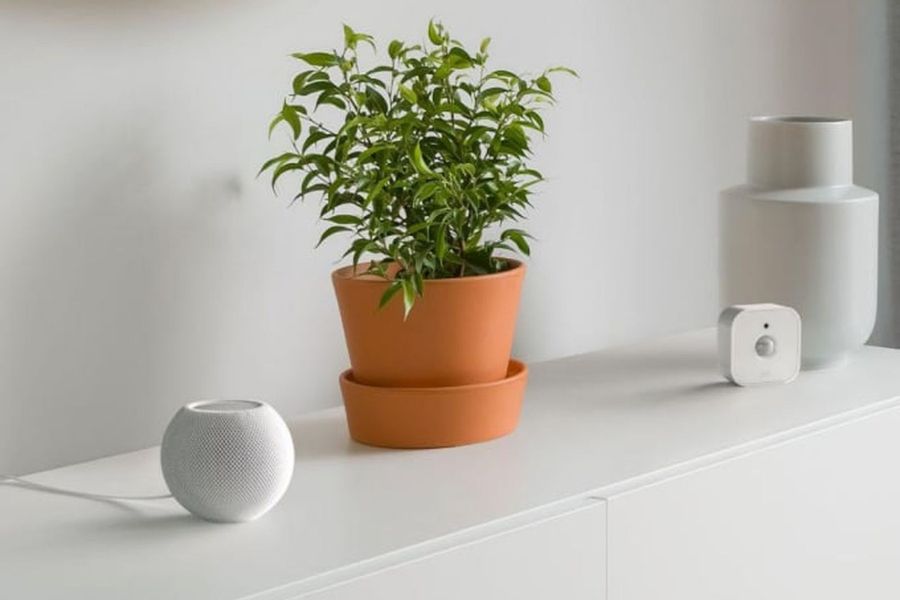Camfil, a manufacturer of air quality products based out of Sweden, is taking a unique approach to governing the health of the built environment. The company has recently appointed its first-ever Chief Airgonomics Officer (CAO) to help lead the company’s own indoor air quality (IAQ) initiatives and, in doing so, is urging others to follow suit with its CAO Initiative.
The decision comes following the adoption of a resolution by the UN General Assembly declaring “access to a clean, healthy and sustainable environment a universal human right.” This is also in parallel to a 2021 publication of the updated World Health Organization (WHO) Global Air Quality Guidelines wherein the “burden of disease attributable to air pollution is now estimated to be on a par with other major global health risks.”
“With Chief Airgonomics Officers, we will create healthier and happier workplaces by ensuring accountability is taken by qualified individuals with the authority to make real change happen. That’s why I am thrilled that Camfil has its own CAO to ensure that clean indoor air gets the attention it deserves everywhere we operate and to demonstrate leadership when it comes to creating healthy work environments.
“I strongly encourage every organization to pay attention to the indoor air quality in their premises. By participating in the CAO initiative, your organization can ensure that the quality of your indoor air is never overlooked again – for the health and wellbeing of your people.” Mark Simmons, CEO of Camfil.
The Chief Airgonomics Officer Initiative
According to a press release put out by Camfil, the Chief Airgonomics Officer initiative (CAO) calls on organizations across the globe to take 100% accountability for the indoor air people breathe. Inspired by the study of ergonomics the newly coined term Airgonomics refers to the burgeoning discipline that seeks to maximize the benefits of healthy air for the protection of people, processes and the planet.
As Camfil states, nearly every facet of operating a company has a person in charge – from the HR director who drives the talent strategy to the CEO who provides the overall direction of business operations. Yet, despite the direct impact of air on people’s health, well-being and productivity, IAQ continues to be treated as an afterthought. In fact, in a 2022 survey conducted by Camfil, 6 out of 10 respondents were unaware of who was responsible for air quality decisions in their organization.
By having an appointed decision-maker, the idea is that change surrounding air quality and other environmental health concerns within the built environment will be easier to make. Camfil believes that with this position, leadership will be able to form a concrete solution to tackling a widespread problem and will allow that solution to be present in the design and build process from the start. Plus, the company states that a CAO’s mandate will go even further, making sustainability a core part of their IAQ strategy as well.






